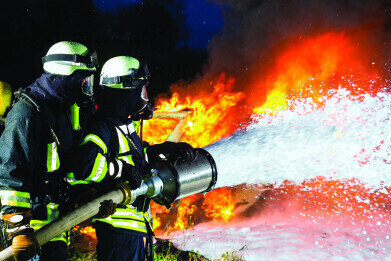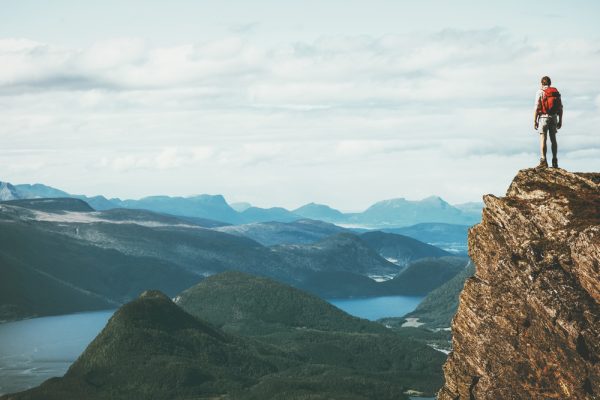The digital process of capturing images has fascinated a lot of people around the world, which is why industry trends show a sharp increase in demand not only in present times but also in the near future projections. Not only does digital photography offer you instantaneous results to check on your performance, but it also doesn’t require any film so that cost can be avoided.
Furthermore, digital photography is considered a favorable option for internet usage and as well as software editing. According to a recent study by A to Z Research, demand for the digital photography market was around $77.66 billion in 2015 and expected to reach $110.79 billion by 2021.
The rapid growth is also heavily contributed to the advancement of social media platforms that encourage millions of users to post their latest photos and videos online.
In light of this information, it is essential to discuss some digital photography tips and tactics that can help people who are planning to capture pictures in their free time or as a profession.
Table of Contents
Digital Photography Tips That Every Beginner Must Know
Here are seven mind-blowing photography tips that will make you look like a pro.
-
Black & White Photography
This might sound a bit cliché but black and white photography in a personal portfolio is a means of telling others that you are a professional. To get the most out of this form of photography, you need to find an inspiration that really catches your eye. The idea is to emphasize the contract to get the most out of your clicks.
You can also consider RAW as your go-to format as it allows you to play with different camera options. Surprisingly you will find that instead of the white, the depth of your photo comes from black, it is almost that the white is popping out the black and giving it more detail.
-
Flash Usage
We all know that flash helps us to capture images when the lighting itself is kind of poor. However, contrary to popular belief, the flash is not only used to brighten the image but can also set the mood for your image.
The thing with flash photography is that you do not want the flash being directed towards the subject as it will create harsh blaring images and unwanted shadows in your photos. You need to bounce off the light using another surface so that it softens the effect on your subject. You can also use pop-up flash diffusers that can be optimized to widen the coverage area of your flash.
-
High-Speed Photography
This type of photography is concerned with taking pictures that are happening quite fast around us. However, to capture these stunning shots, you need to first make sure that your lighting and the rest of the setup is working just fine. You need to tell the story behind the photo and address to viewer’s concern as to what happened.
You can also pair your cameras with devices like Hahnel Captur Pro Module that use years of research and variety of sensors to empower your camera in order to capture high-speed objects. Lastly, always make sure that your flash is at the lowest power setting as it will help to freeze the subjects almost instantly.
-
Stabilize Those Shakes
When you stabilize your digital camera, it results in sharper images. It happens a lot of times that when we eagerly take photos of exciting subjects and objects, including landscapes as well, the images at times look fine on the LCD of our cameras, but when we watch them on full screen on a bigger display, they turn out to be lacking in sharpness.
One way to find stability in your images is to use a tripod with rubber feet and spike options. Additionally, we also have image stabilization options that are built-in within the camera itself that you can use to keep that body shakes from damaging your picture quality.
-
The Right ISO
The ISO settings of your camera allow you to measure the sensitivity of your image sensor. The lower the number of camera’s ISO, the less sensitive your camera is to light, and the grain of your images become finer. Choosing the right ISO setting for your camera can make a world of difference.
It can help you to shoot images quicker. However, higher ISO settings should be considered as the last resort. The best ISO setting is defined by the mix of speed and photo quality. Daytime photos can require an ISO setting of 100, for shady conditions ISO setting of 500 can be considered.
However, it should be understood that no two light conditions are the same. So the idea is to start by capturing images with best results using the lowest ISO setting possible and then moving up if you find that there is a need for it.
To know more about ISO usage from experts, one can simply hire the best dissertation writing services UK or something similar to acquire professional assistance on the subject matter.
-
Understanding The Shutter
The shutter speed is perhaps one of the most important aspects of photography. As quick note photography is made possible only with the existence of light, the shutter speed refers to the length of time your camera sensor is exposed to a light source. Hence you can make your images appear brighter or darker by controlling the shutter speed.
However, you do not want images to appear excessively bright, and this is where the tricky part comes in. For bright photos, a shutter speed of 1/100 or 1/25 second can work well most of the time. Faster shutter speeds also allow you to capture fast-moving objects in a frozen state.
-
What Exposure IS All About
The exposure triangle, as some people may call it determines how dark or light your images can appear. This refers to the aperture, ISO, and shutter speed. So what is basically aperture then? Aperture is the factor that controls the area that is allowed to receive light, or it can enable light to enter. The aperture also affects the depth of field.
Standard camera options include aperture settings ranging from f/22 to f/1.4, where a decrease in the denominator value means higher relative light. To put this in easier terms, a wider aperture like f/2.0 offers a shallower depth of field, whereas a narrow aperture like f/16 can provide a larger depth of field.
Digital Photography: Conclusion
While digital photography is all very kind to people, learners can use their cameras, smartphones or even DSLRs to capture pretty satisfying results. However, a better understanding of the technical features involved in digital photography can greatly improve their results and performance.
I hope this post was able to offer you some delightful insights regarding digital photography and familiarized you with some of the common features of digital photography devices.
For more questions regarding the topic, feel free to let us know of your feedback in the comment section below.





